Albert Renger- Patzsch

Albert Renger- Patzsch was born in June 1897 and was a German photographer who was well known for being involved in the “Neue Sachlichkeit” moment also known as the new objectivity. Albert started doing photography at the age of twelve and by the early 1920s he worked as a press photographer in Chicago. Albert was always very focused on photography which ended up him with him making his best known book ‘ The world is beautiful’. The book contains one hundred photos which are in natural forms which reveal beautiful patterns throughout each photograph. This book was so famous that it made Albert as one of the most influential photographers of the twentieth century.
Albert also believed that the value of photography was in its ability to reproduce reality and to represent the spirit of the object.
All of Alberts pictures were taken of naturalistic objects which all were edited with a very dark black and white effect which added a lot of tone and texture to his pictures. He tended to take his pictures very up close to his focus and therefore did not contain much of the background which made him unique from other photographers in his time. Albert also liked to take pictures of plants and i noticed there was a clear repetition of plants in his work. However, he did also take pictures of everyday objects.
There were a number of similar photographers in Alberta time which made it quite competitive. These photographers being Karl Blossfeldt, Laszlo Moholy- Nagy, August Sander and Helmar Lerski. The photographers didn’t have any public rivalry throughout their careers but it is suspected.
After Alberts career there were a number of photographers who ended up producing work which was very similar to Albert’s. Some of these photographers being Martin Parr, William Eggleston, Keld Helmer Petersen and Peter Fraser.

Albert tended to take a lot of nature pictures, this image being one of them. This photograph is aimed specifically towards the flower which shows nature because of the flower included, however the black background does not as it makes the image seem artificial. The image has been taken from very close up which allows the audience to be able to see every detail of the image ie. the small black dots on the flower which are pollen, as well as the vertical lines on the flower.

This picture taken by Albert in his late career is a very detailed and textural photograph. I think that the organic photo has a lot of tone to it due to the lighting with the black and white edit. The snakes pattern skin is very pleasing to the eye as there is a lot of depth in the middle of the snakes scales which adds a lot of detail.
I think that the fact the photograph has been cropped or framed to just include the snakes head and part of the tail is a very good idea as it is very intriguing to look at and makes the picture unique.
Albert Renger- Patzsch Gallery pictures
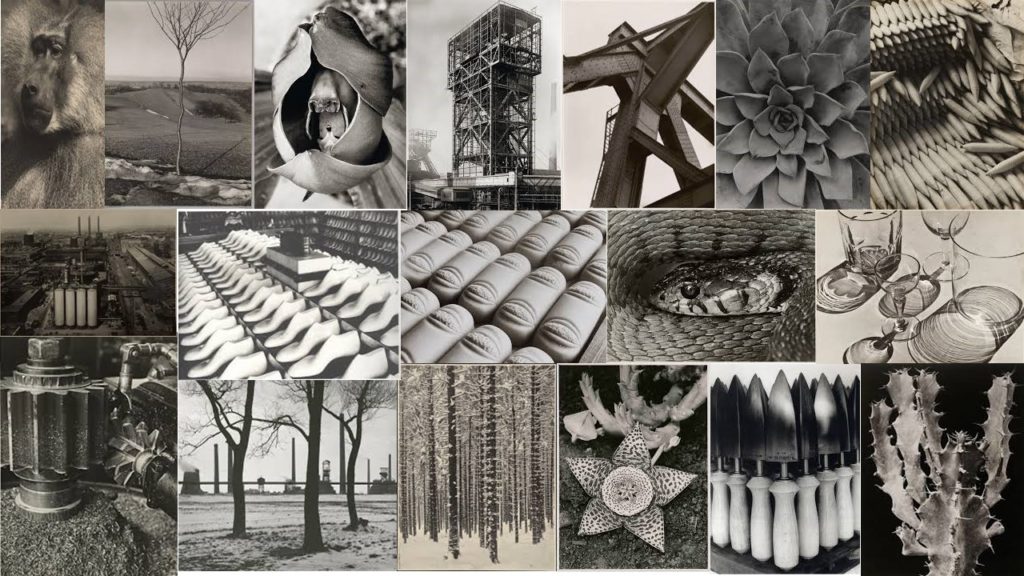
Evaluating his work
After evaluating Alberts work i have a clear idea of his thoughts and have used this images to take inspiration when taking my own photos. I have noticed all Alberts pictures are very neat and aren’t over complicated, he tends to focus on one object in the picture. I also noticed his work contains a lot of reflections from glass which i think is very clever and is something i would like to try when taking my photographs.
Planning my shoot
In order for my images are successful, I am going to make my images very neat, and show lots of reflections in each image which has been inspired by Albert. Most my images will be taken with the depth of field on the subject of the image ( main focus).
Contact sheets
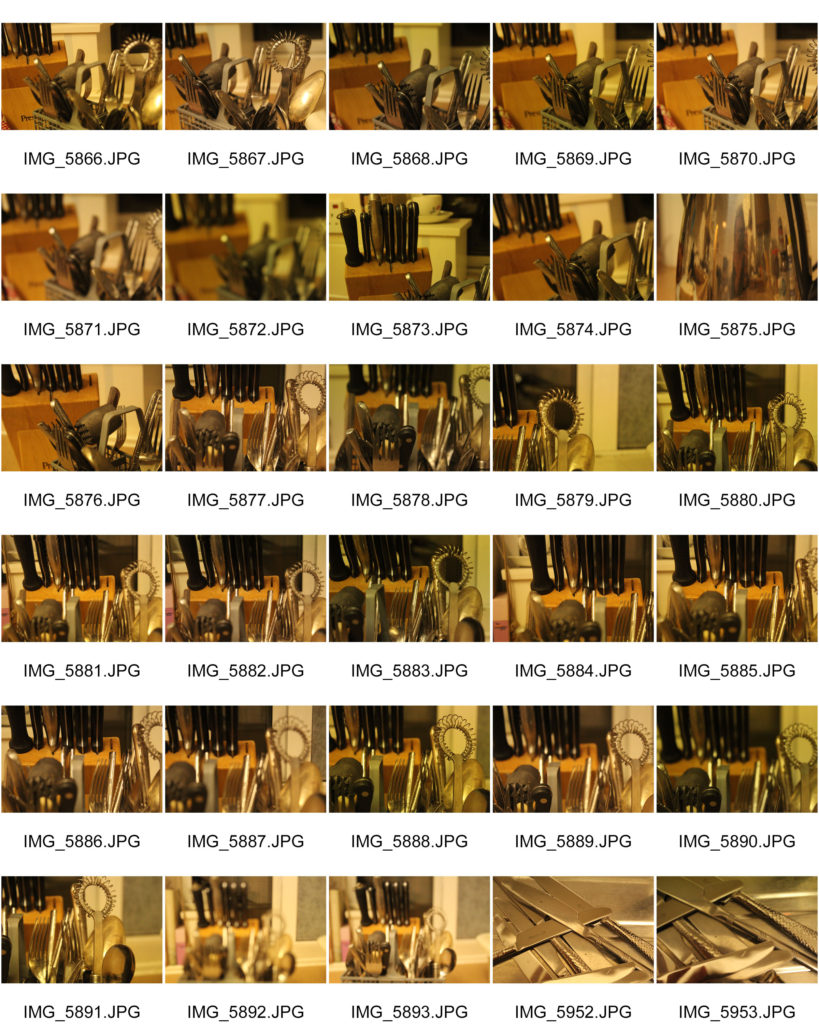


Editing my best images
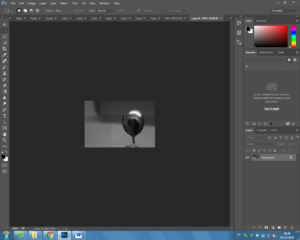
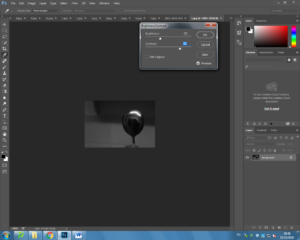

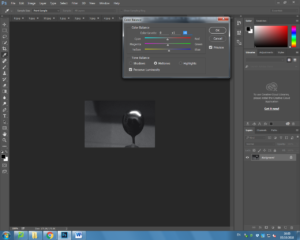

The image was taken in Manual focus with no flash, this being because i wanted the reflection on the spoon to be viable. The image was also taken very zoomed in and the subject of the picture is in the Rule of Thirds. The image is slightly under exposed due to the fast shutter speed and the location which i took this picture having artificial lighting. There is also a depth of field in this image which we can tell from the blurred background and the spoon being fully focused.
I really like this final image as i think the lighting of the image is very complimentary due to it enhancing the reflections and the lighter points in the image. The black and white effect also adds tone and texture to the picture, as well as the image being taken in 3D. There was no cropping of this picture as i quite liked the fact that you could see a small part of a humans thumb as it is quite unique and realistic.



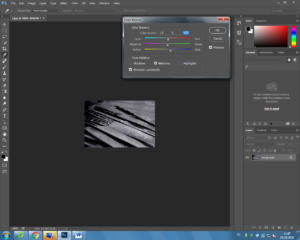
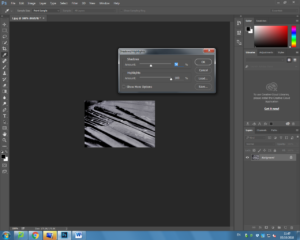

This image was taken in an artificial lighting area and with a manual focus setting, no flash. I took this image zoomed in as i wanted the water droplets on the knifes to be the focus of the image, however this wasn’t as successful as i had hoped. I like how i have edited this image as i found that the overall image appears to look like it has a lot more depth which helps to add tone and texture to the photograph. I also really like the arrangement of the knifes as they are all facing the same direction but are still appear to look very complicated.

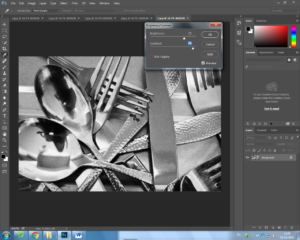
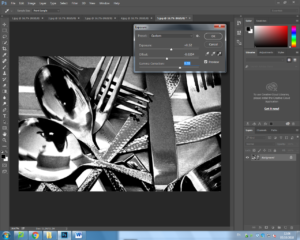
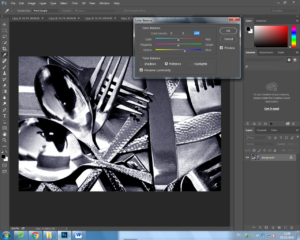

This manual focus image was taken with no flash and under artificial lighting . This image is fully in focus in order to capture the whole display ( no depth of field). This image has come out slighting under exposed due to the artificial light it was taken under, as well as the shutter speed being very quick.
I really like the editing of this image as there is a lot of different tone in the image due to the lighting. I think this also adds depth to the image and make sit a lot more interesting to look at.

Please adjust all your image sizes to full size. They should fill the width of the blog!